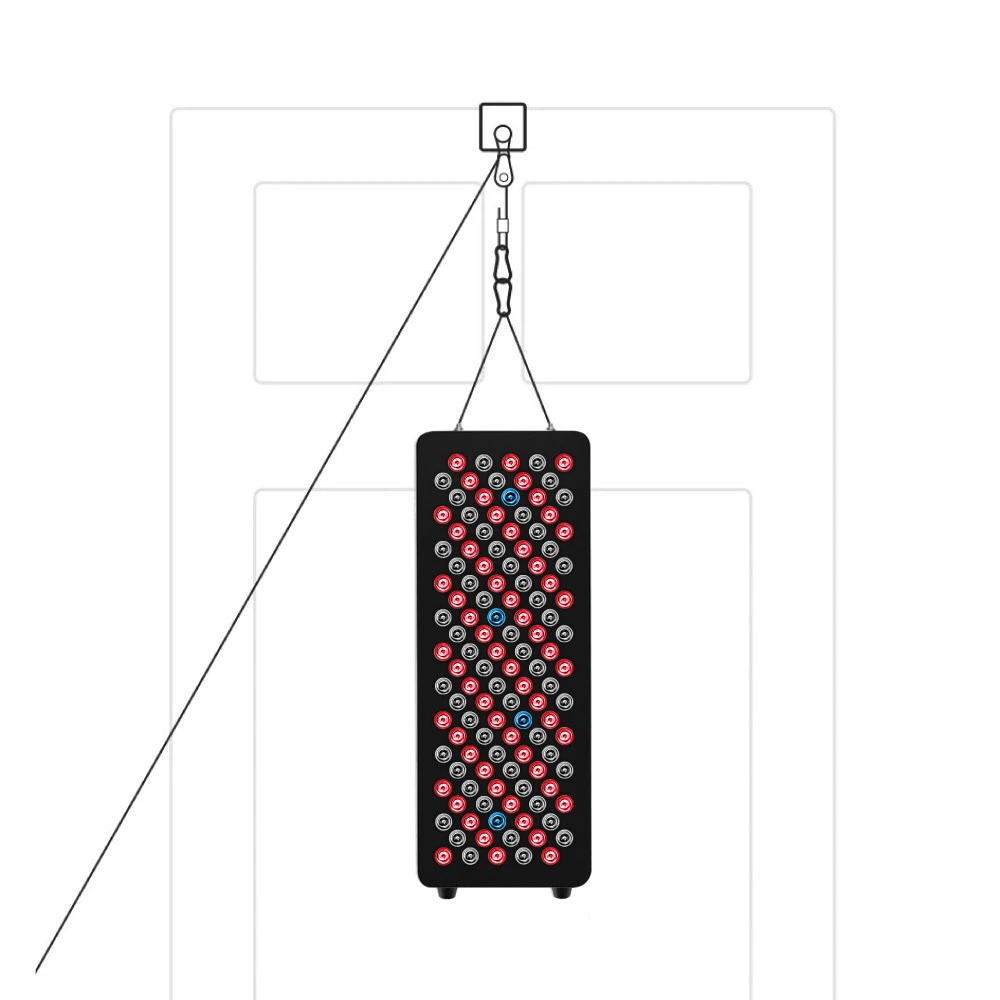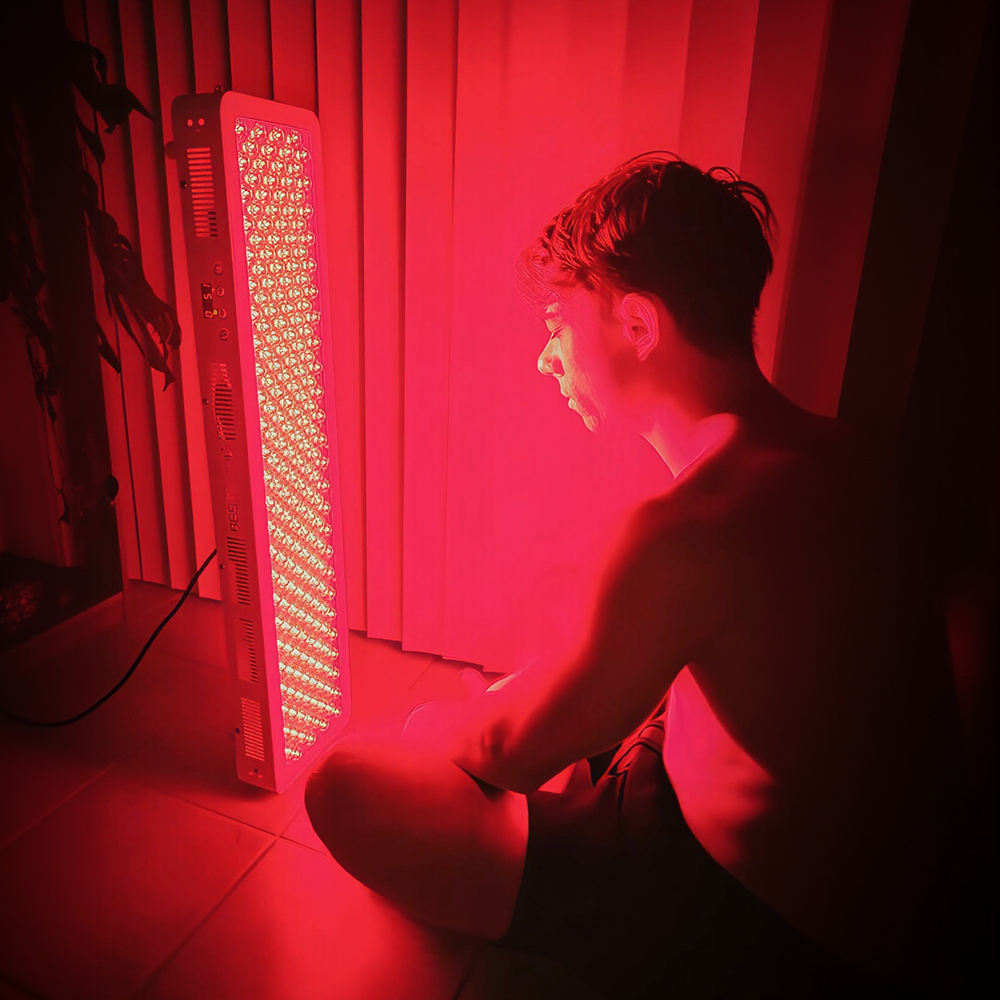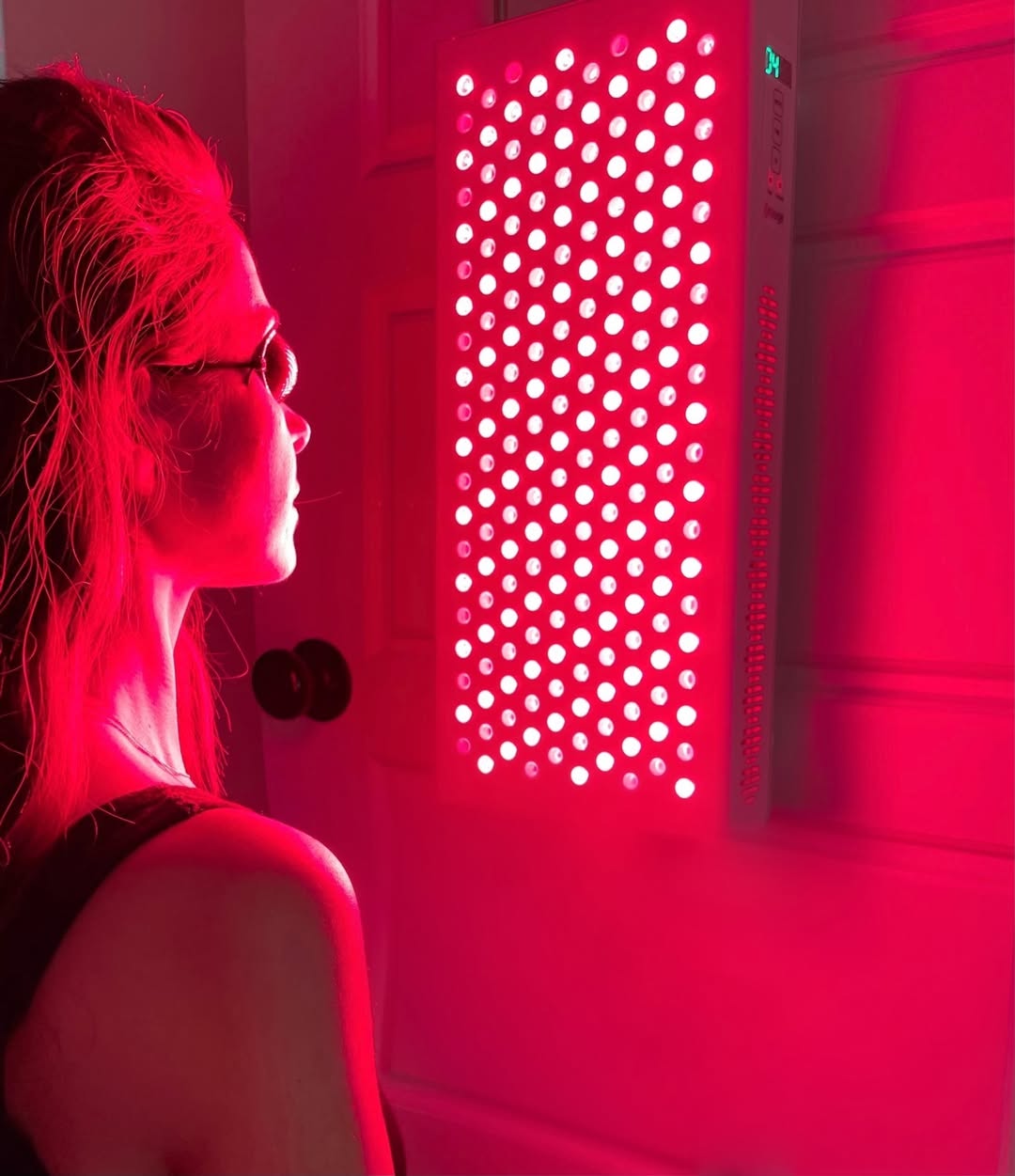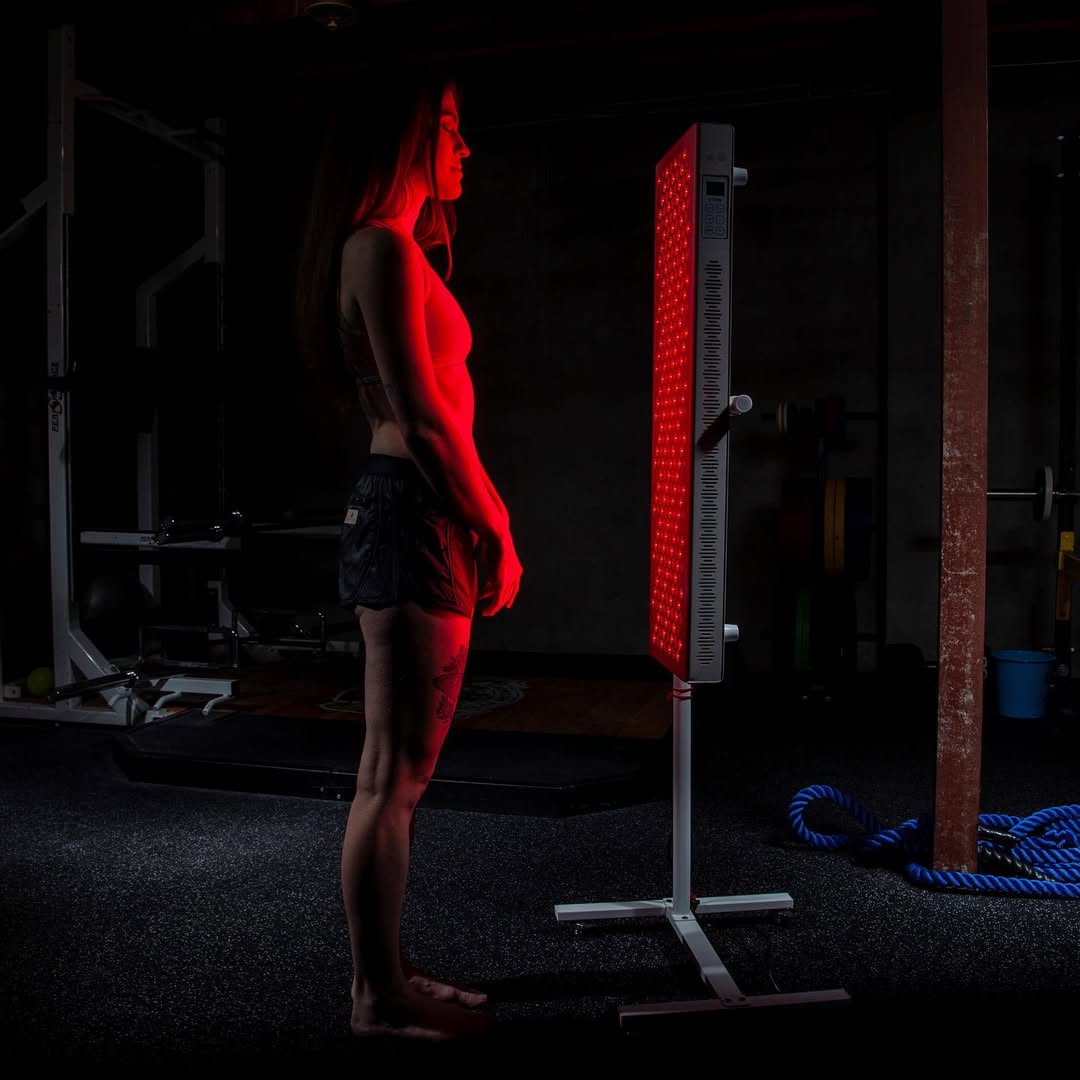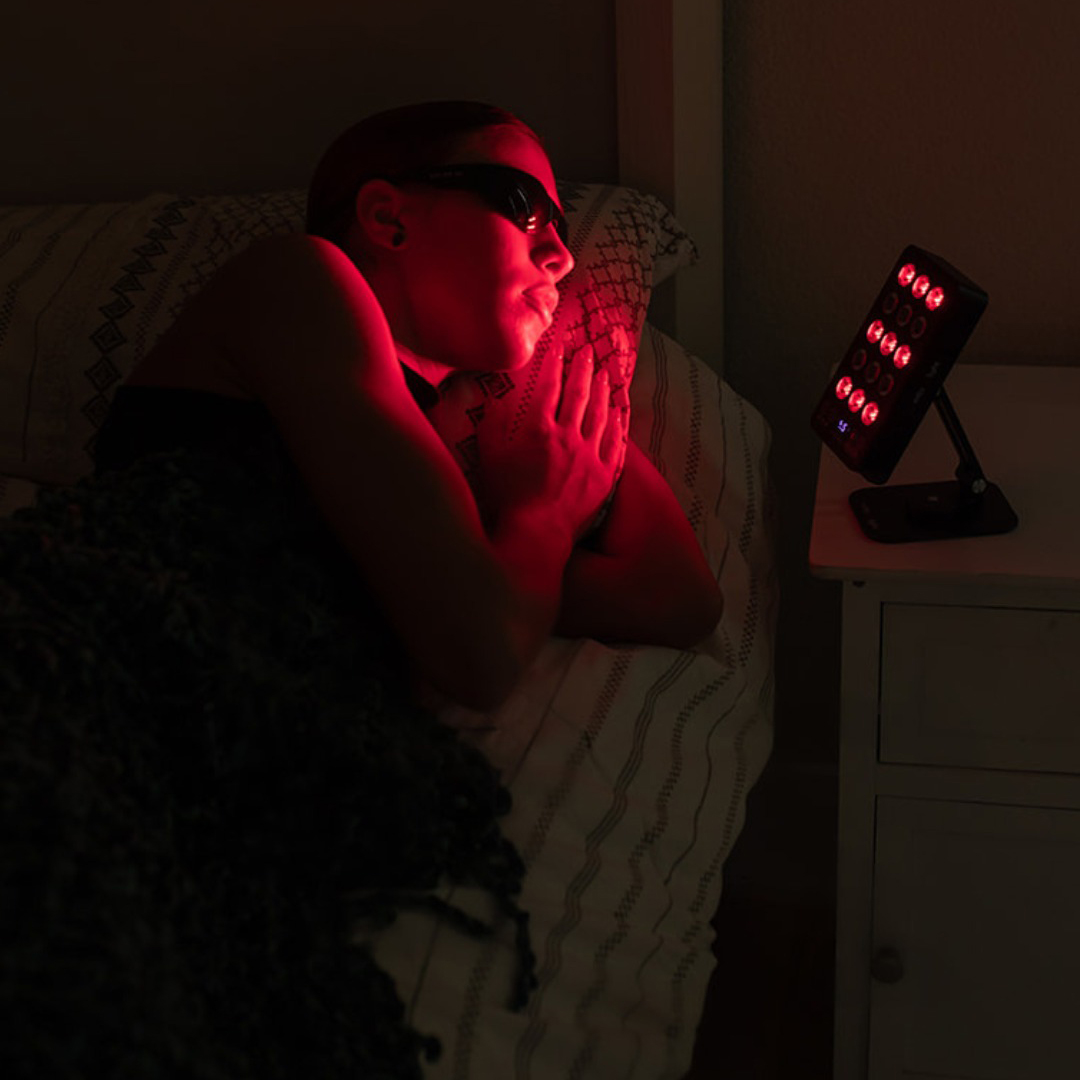![]() Free Shipping
Free Shipping ![]() Buy Now, Pay Later
Buy Now, Pay Later ![]() Eligible
Eligible
Red Light Therapy for Shin Splints: A Science-Backed Guide to Pain Relief and Recovery
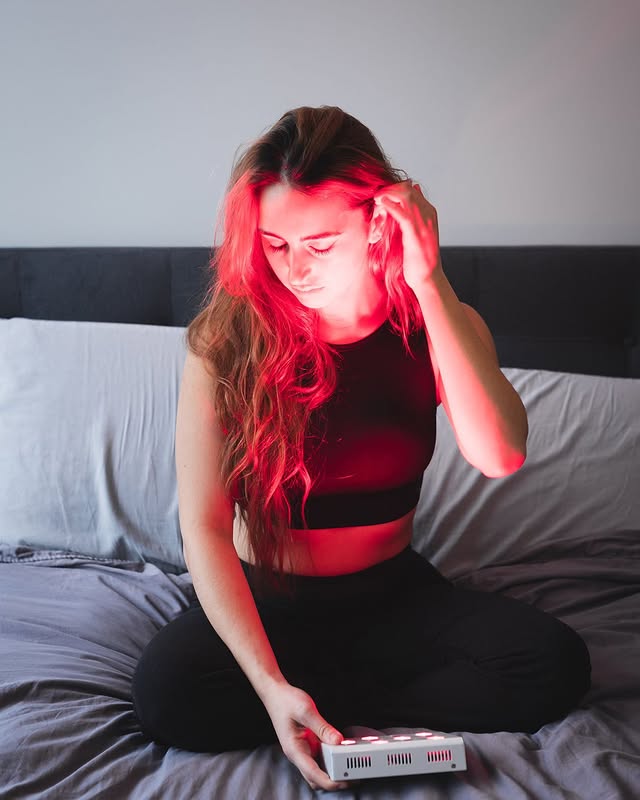
If you’re a runner, dancer, or athlete plagued by the sharp, aching pain of shin splints, you know how frustrating they can be. Rest, ice, and stretching are the standard go-tos, but what if there was a technology that could actively accelerate healing at the cellular level? Enter Red Light Therapy (RLT). This non-invasive treatment is gaining significant traction in sports medicine as a powerful tool for managing pain and promoting tissue repair. This article delves into how red light therapy works for shin splints, examining the evidence and providing a practical guide for its use.
Understanding Shin Splints: More Than Just “Shin Pain”
What Are Shin Splints?
Medically known as Medial Tibial Stress Syndrome (MTSS), shin splints refer to pain along the inner edge of the shinbone (tibia). This condition is an overuse injury, typically caused by repetitive stress on the shinbone and the tissues attaching the shinbone to the muscles surrounding it.
The Root Causes
Common causes include:
- A sudden increase in exercise intensity or frequency.
- Running on hard or uneven surfaces.
- Wearing improper or worn-out footwear.
- Having flat feet or high arches.
- Weak ankle, hip, or core muscles.
The underlying issue is microdamage—tiny tears and inflammation in the muscles, tendons, and periosteum (the thin layer of tissue covering the bone). It’s the body’s failure to repair this microdamage as quickly as it’s created that leads to persistent pain.
How Does Red Light Therapy Work? A Cellular Explanation
Red Light Therapy, also known as Low-Level Laser Therapy (LLLT) or Photobiomodulation (PBM), uses specific wavelengths of red and near-infrared (NIR) light to penetrate the skin and interact with the body’s cells.
The primary mechanism occurs within the mitochondria—the “powerhouse” of the cell.
The Photobiomodulation Process:
- Light Absorption: Cytochrome c oxidase, a key enzyme in the mitochondria, absorbs the photonic energy from the red and NIR light.
- Boosted ATP Production: This absorption stimulates the mitochondria to produce more adenosine triphosphate (ATP), the fundamental energy currency of all cells.
- Cascade of Healing Effects: With more energy, cells can function more efficiently. This leads to a series of beneficial effects:
- Reduced Inflammation: It modulates inflammatory cytokines, reducing swelling and pain.
- Enhanced Blood Flow: It stimulates the formation of new capillaries (angiogenesis), improving circulation and oxygen delivery to the damaged tissues.
- Accelerated Tissue Repair: Fibroblast cells, responsible for producing collagen, become more active, speeding up the repair of tendons, muscles, and the periosteum.
- Pain Relief: It can help block pain signals and release endorphins.
Dr. Michael Hamblin, a leading photomedicine researcher and former associate professor at Harvard Medical School, explains: “The photons are absorbed by mitochondrial chromophores, leading to increased ATP production, a burst of reactive oxygen species, and an induction of transcription factors. These cellular changes lead to increased cell proliferation and migration, and the downregulation of pro-inflammatory cytokines.”
In essence, RLT gives your cells a “energy boost,” empowering them to heal the micro-tears and inflammation characteristic of shin splints more effectively.
The Evidence: What Does the Research Say?
While more extensive, shin-splint-specific clinical trials are always welcome, the foundational research on RLT for musculoskeletal injuries is robust.
- A 2015 systematic review published in the American Journal of Physical Medicine & Rehabilitation concluded that LLLT effectively reduced pain and improved health status in patients with musculoskeletal disorders.
- Research on similar overuse tendon injuries, like Achilles tendinopathy, has shown that LLLT can significantly reduce pain and improve function.
- The mechanism of reducing inflammation and stimulating tissue repair is well-established and directly applicable to the pathology of shin splints.
Red Light Therapy vs. Traditional Shin Splint Treatments
How does RLT stack up against conventional methods? It’s best used as a complementary therapy.
| Treatment Method | How It Helps | Limitations |
|---|---|---|
| R.I.C.E. (Rest, Ice, Compression, Elevation) | Reduces acute inflammation and pain. | Passive; doesn’t actively stimulate cellular repair. |
| Stretching & Strengthening | Addresses muscle imbalances and improves biomechanics. | Requires consistency; pain can limit ability to perform. |
| Anti-Inflammatory Drugs (NSAIDs) | Provides temporary pain and inflammation relief. | Masks pain, can have side effects, doesn’t promote healing. |
| Red Light Therapy | Actively reduces inflammation & stimulates cellular repair. | Requires consistent sessions; not always immediately covered by insurance. |
Dr. Sarah Myhill, a UK-based physician specializing in integrative medicine, states: “The beauty of photobiomodulation is that it treats the underlying cause of the pain—the dysfunctional cellular energy production—rather than just masking the symptom. It’s like giving the injured tissue the fuel and instructions it needs to fix itself.”
A Practical Guide to Using Red Light Therapy for Shin Splints
Choosing a Device
You have two main options:
- In-Clinic Treatments: Performed by physical therapists, chiropractors, or sports medicine clinics. This is ideal for high-powered, targeted treatment, especially for acute cases.
- At-Home Devices: These include handheld wands or panels. Look for devices that:
- Emit both red (630-660nm) and near-infrared (810-850nm) light for different tissue penetration depths.
- Have sufficient power density (irradiance) to deliver effective doses in a reasonable time.
Treatment Protocol
While you should always follow the instructions for your specific device, a general protocol for shin splints is:
- Frequency: 1-2 times per day, especially in the acute phase. For maintenance or chronic issues, 3-5 times per week may suffice.
- Treatment Time: 5-10 minutes per affected area on the shin.
- Distance: Hold the device directly against the skin or as close as recommended (usually 0-6 inches).
- Consistency is Key: Daily use is far more effective than sporadic sessions.
What to Expect
- Many users report a sensation of warmth and a reduction in pain shortly after a session.
- With consistent use over 1-3 weeks, you should notice a significant decrease in pain during activity and at rest, and a faster recovery between workouts.
Important Precautions and Final Thoughts
Red light therapy is exceptionally safe with virtually no side effects. However, you should:
- Never look directly into the light source. Use protective goggles if treating near the face.
- Consult with your doctor or physical therapist before starting any new treatment, especially if you have underlying health conditions.
- Understand that RLT is a tool for healing, not a license to ignore pain. It should be combined with relative rest, proper biomechanics, and a gradual return to activity.
VELLGUS Elite V2
THE #1 RATED RED LIGHT DEVICE
VELLGUS pro V2
THE #1 RATED FULL BODY RED LIGHT DEVICE
Red light therapy presents a compelling, science-backed modality for overcoming shin splints. By addressing the root cause of the problem—cellular dysfunction and inflammation—it can significantly accelerate recovery, reduce pain, and help you return to the activities you love faster and stronger. When combined with traditional methods like smart training adjustments and strengthening exercises, it can be a game-changing component of your recovery plan.



